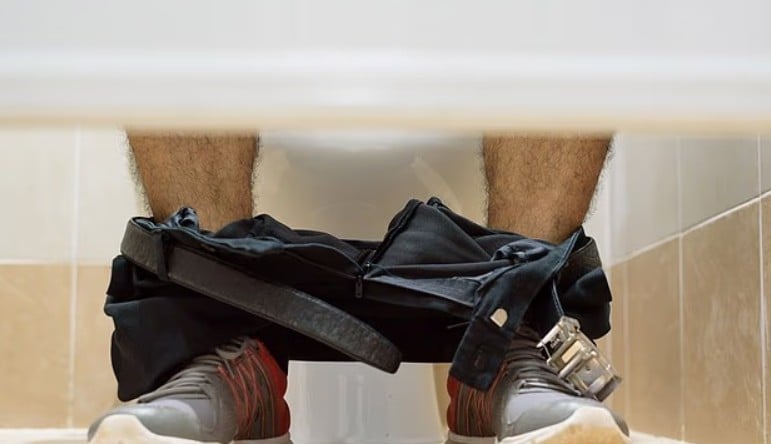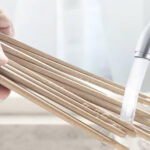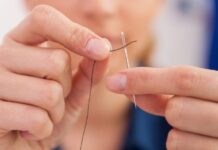Many people, when faced with the prospect of using a public restroom, opt to hover just above the seat instead of sitting down. However, this hovering posture, as medical experts warn, can be detrimental to one’s health.
The Dangers of Hovering: Incomplete Bladder Emptying and Increased Infection Risk
“No matter how dirty the seat appears, it is advisable to sit down,” asserts Dr. Primrose Freestone, a clinical microbiologist at the University of Leicester, UK. Hovering, she explains, not only causes muscle strain but also heightens the risk of urinary tract infections. When one hovers, the pelvic, back, gluteal, and hip muscles have to work harder to maintain balance, preventing the bladder from fully contracting. As a consequence, individuals may experience frequent urges to urinate and may need to return to the restroom multiple times a day. In severe cases, this can lead to bladder infections or urinary tract infections.
Brianne Grogan, a physical therapist, emphasizes that women, particularly those who have given birth, already face a higher risk of weakened pelvic floor muscles. If they routinely strain while urinating in a hovering position, it can exacerbate the risk of pelvic organ prolapse.

Infection Risk from Toilet Seats? Minimal to Nonexistent
Dr. Freestone reassures that the likelihood of contracting an infection from a toilet seat is minimal. “Most gastrointestinal infections are transmitted through the fecal-oral route, not by skin contact with toilet seats,” she explains. Additionally, human skin acts as an effective barrier, hosting a protective microbiome that safeguards against external pathogens.
Surfaces that are frequently touched, such as faucet handles, door knobs, and toilet paper dispensers, pose a greater concern if not properly sanitized, according to research.
Beware of the “Toilet Plume”: A Cloud of Bacteria Generated with Each Flush
Every time a toilet is flushed, a “plume” of tiny droplets containing bacteria from feces, urine, and even vomit is released, according to studies. These droplets can travel up to 1.5 meters, lingering in the air for over 20 seconds, and settling on nearby surfaces, including door knobs, floors, and even phones if they are brought into the restroom.
Notably, 75% of people bring their phones into restrooms, exposing their devices to potentially thousands of bacteria, including E. coli and Pseudomonas, which can cause diarrhea, pneumonia, and bloodstream infections.

Tips for Using Public Restrooms Safely
– Sit down on the seat instead of hovering. If the seat is extremely dirty, you may cover it with toilet paper.
– Wash your hands thoroughly after using the restroom, and avoid touching faucet handles or door knobs directly. Use paper towels to turn off faucets and open doors.
– Avoid taking your phone into the restroom, or sanitize it regularly with a 70% alcohol solution.
– If using a busy public restroom, consider closing the lid before flushing to minimize the spread of bacteria.
Are Moldy Chopsticks a Health Hazard?
Introducing one of the most essential utensils in every family meal: chopsticks. But what do you do when your wooden or bamboo chopsticks start to mold? Is it safe to continue using them? Join Bach Hoa XANH as we delve deeper into this curious conundrum, offering insightful solutions to ensure your dining experience remains both safe and enjoyable.




































